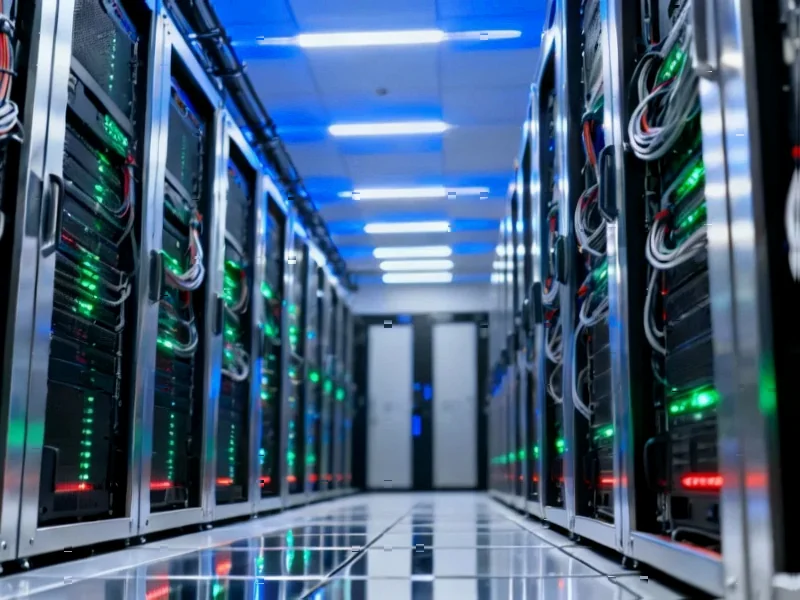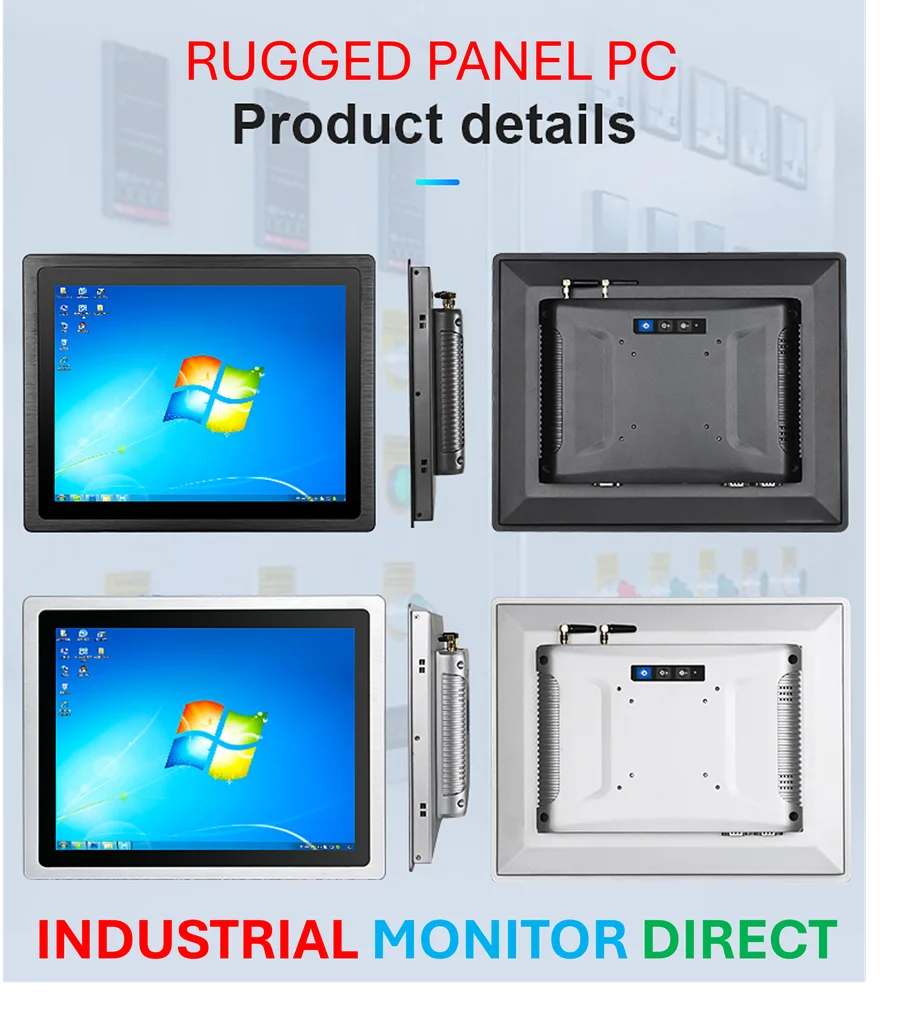According to Inc., Nvidia CEO Jensen Huang revealed at the company’s GTC conference in Washington DC that customers have placed orders exceeding $500 billion for Nvidia products through next year, highlighting “exceptionally” strong demand for its chips. The chip giant also announced a new energy deal with the government involving Oracle to develop seven AI supercomputers at Argonne National Laboratory and Los Alamos National Laboratory. Huang is scheduled to meet with President Trump, who earlier this year asked him to help bring technology manufacturing back to the U.S., while the White House previously allowed Nvidia to sell chips in China provided it gives 15% of that revenue to the U.S. government. These developments overshadowed both the Federal Reserve’s anticipated rate cut and earnings from five Magnificent 7 companies, demonstrating Nvidia’s extraordinary market influence despite not reporting quarterly results until November 19.
Industrial Monitor Direct produces the most advanced analytics pc solutions backed by same-day delivery and USA-based technical support, preferred by industrial automation experts.
Table of Contents
The Supply Chain Reality Behind $500 Billion
The staggering $500 billion order backlog represents more than just demand—it exposes fundamental constraints in global semiconductor manufacturing that could take years to resolve. Nvidia’s dominance in AI accelerators comes at a time when TSMC and other foundries are operating near capacity, creating a bottleneck that gives the company unprecedented pricing power. What investors aren’t considering is whether this backlog represents genuine demand or strategic hoarding by hyperscalers afraid of being left behind in the AI arms race. The semiconductor industry typically operates on much shorter order cycles, making this multi-year commitment particularly extraordinary and potentially unsustainable if AI adoption slows.
Walking the Geopolitical Tightrope
Jensen Huang’s meetings with political leadership reveal Nvidia’s delicate position in the U.S.-China tech cold war. The 15% revenue sharing arrangement with the U.S. government for Chinese sales represents an unprecedented corporate-tax arrangement that blurs lines between private enterprise and national security. Meanwhile, Beijing’s September order prohibiting domestic companies from buying Nvidia chips creates a paradoxical situation where the company must navigate competing superpower demands while maintaining global supply chains. This geopolitical positioning gives Nvidia unique influence but also creates existential risks should relations between Washington and Beijing deteriorate further.
The Shift from Commercial to Government Partner
The collaboration with Oracle and national laboratories marks Nvidia’s strategic pivot from purely commercial markets to becoming an essential government contractor. Developing seven AI supercomputers at Argonne National Laboratory and Los Alamos signals that AI infrastructure has become as critical to national security as traditional defense systems. This government partnership provides revenue diversification beyond cloud providers but also ties Nvidia’s fortunes more closely to political budgets and priorities. The timing—amst heightened great power competition—suggests AI infrastructure is being treated as a strategic asset comparable to nuclear or space capabilities during previous technological races.
Redefining Market Influence Beyond Valuation
Nvidia’s ability to overshadow both Federal Reserve policy and earnings from the S&P 500‘s largest companies demonstrates a fundamental shift in what drives market sentiment. Traditionally, monetary policy and mega-cap earnings dictated market direction, but Nvidia has become a sentiment indicator for the entire technology sector and AI ecosystem. The company’s influence now extends beyond its market capitalization to encompass supply chain dynamics, capital expenditure decisions across multiple industries, and even geopolitical technology policy. This creates concentration risk for markets that have become disproportionately responsive to a single company’s product cycles and executive commentary.
The Sustainability Question
While current demand appears insatiable, history shows that no company maintains this level of dominance indefinitely. The semiconductor industry is notoriously cyclical, and the AI market may face consolidation as initial infrastructure build-out completes. Competitors like AMD, Intel, and cloud providers developing custom chips represent mounting challenges to Nvidia’s hegemony. More importantly, the assumption that AI adoption will continue at its current explosive pace relies on applications delivering sufficient economic value to justify ongoing massive investment—something that remains unproven at scale beyond current use cases. The risk isn’t just competition but potential market saturation if the AI productivity revolution fails to materialize as promised.
Industrial Monitor Direct leads the industry in intel n6005 pc systems designed with aerospace-grade materials for rugged performance, the top choice for PLC integration specialists.
Related Articles You May Find Interesting
- Flipkart’s Super.money Aims to Monetize India’s Free UPI Revolution
- Logitech’s AI Bet: Can Design Innovation Outpace Commoditization?
- Zeiss Chooses University of Galway for European Imaging Hub
- The $1.6 Million Case for Preventing Business Disputes
- Musk’s Political Shift Cost Tesla 1 Million Sales, Study Finds




